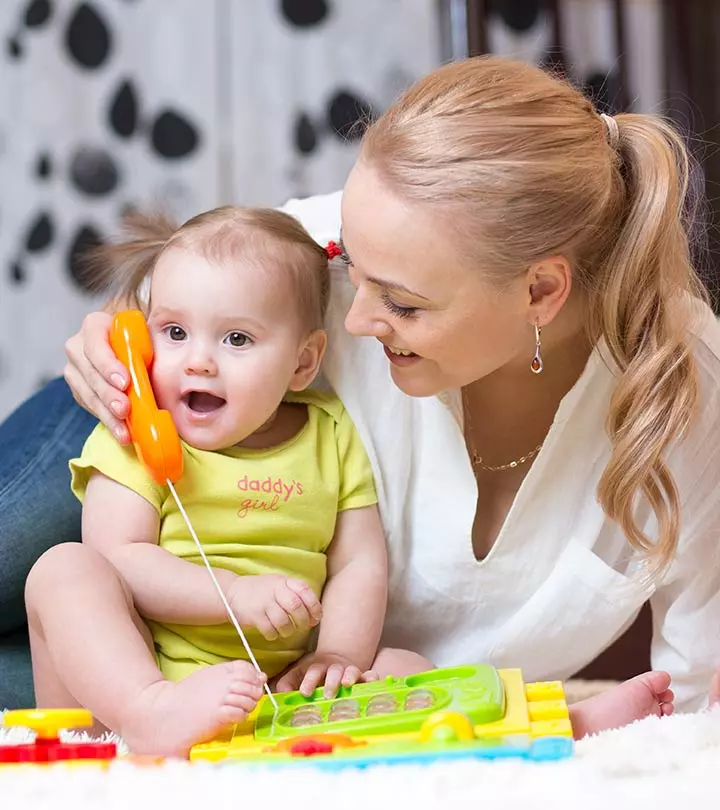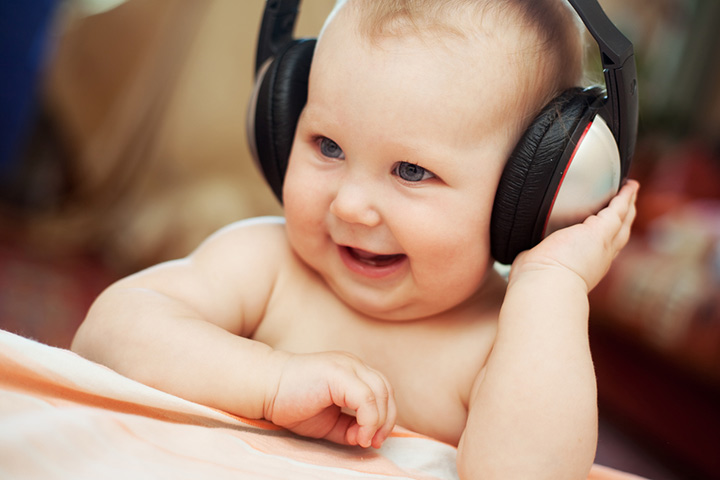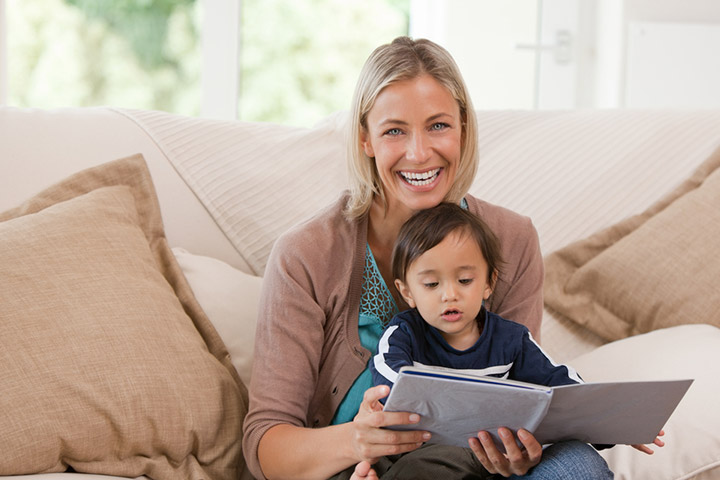
Image: Shutterstock
Regardless of which part of the world you live in, it might be obvious that English is essential if we are to survive in this world. This is why the subject is given so much of an emphasis these days, and it also explains the rise of ESL (English as a Second Language) courses and teachers. However, have you thought about introducing a second language to your child? Those outside the UK and America naturally learn a second language, that is, they learn their native tongue as well as English. In some parts of India, children are known to speak four or even five languages at a very early age.
However, if you are not in a country that practises this kind of language instruction, it is never too late. In fact, it is never too soon. New research shows that teaching languages like Korean, Spanish, French, Mandarin, etc. to children at a young age of even three months is beneficial (1). Mere exposure to a language before this age can also encourage learning later on in life. Even if you aren’t surrounded by those that speak the language you want your child to learn, you can still teach it using the power of technology.
The aforementioned study looked at Korean origin adoptees in the Netherlands, as adults. These people had little exposure to the Korean language as they were babies when they left the country. They were tested to see if they could identify the difference between a three-way consonant faster than test subjects who had received no prior exposure to the language. The results were startling. The former group did do better. This meant that phonological knowledge is present in babies before the age of six months.
Phonological knowledge is the ability to know the phonological structure of the language we wish to communicate in. For example, phonology dictates that if we are speaking in English, we ought to distinguish between rye and lie, to the extent of spelling and not pronunciation, and know that an [m] followed by a [b] indicates two separate syllables as in the word somebody. While this rule can be applied to most English words, it is by no means universal among languages. Hence, you can see why the discovery was so significant.
Bilingualism has a whole host of advantages (2). It has been known to improve cognitive development, delay the onset of dementia symptoms, and change the way we conceptualise (3). Since your brain is engaged in working out the meaning and then communicating, it can also develop proficiency in other problem-solving areas as well. In fact, those that spoke more than one language tended to score higher on tests.
Pennsylvania State University conducted a test on multi-tasking to reveal that multilingual students fared better as they were used to handling several things at once while communicating (speech, writing, and structure) (4). They transferred this skill to become better multitaskers. The brain is akin to a muscle – the more you exercise it, the better it gets. Teachers focus on this point by suggesting several bouts of repetition. Thus, multilingual students, who are frequently getting through vocabulary lists and grammar rules, are likely to have better memories (5).
Clearly, the jury’s out. Contrary to what you might have expected, the best age for a child to learn a new language, at the very least be exposed to one, is around the age of three months. Any amount of language training in one’s primitive years gives one a huge boost when it comes to not only being adept at the language but retaining and using it for a longer time.
When did you learn your second language? When are you planning to teach one to your child? Let us know in the comments below.















